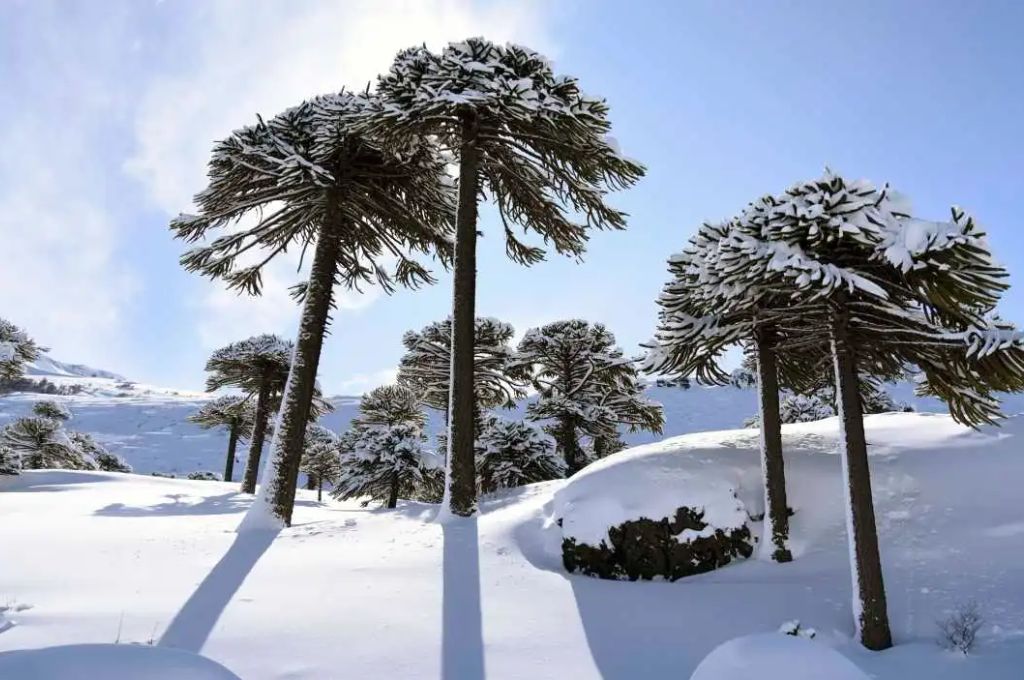
Forest Tourism
The most famous trees that amaze tourists in Argentina
Trees are protagonists of tourism in Argentina. A tour of the most famous, those that deserve to be disseminated, those in which everyone takes a selfie to share.
There are trees that amaze because of their size, because they are the only specimens in the country, because of the special characteristics that the climate of their land gave them, and other trees that participated in historical events, becoming living but silent witnesses of the anniversaries. In the world there is tourism to enjoy birds, whales, to practice fishing, to get to know the sea. Nature is part of the heritage, and this modality, which could be called "forest tourism", attracts the interest of many tourists and travelers at the foot of these famous trees.
The Pehuén, emblematic tree of Neuquén
Witnesses to the passage of time, are the ancient specimens of pehuenes that grow in the heart of the Neuquén mountain range, which cling to the rocks facing the Andean winds and enchant tourists. Emblem tree of the Province, the only place in Argentina where its forests grow. Its fruit, the pine nut, fed the Mapuche people and today is one of the five distinctive products of Neuquén gastronomy.
The Pehuén Route is made up of the towns of Aluminé; Villa Pehuenia–Moquehue and Caviahue–Copahue, where you can enjoy wonderful experiences crossed by the silent custody of the Pehuén. These three tourist destinations are located under the protection of the ancient emblem tree. It is recognized for its particular shape and for what it represents for the people it protects.
Paimún Cypress. Neuquen
The façade of the Chapel of María Auxiliadora de Paimún, at the foot of the Lanín volcano, on the coast of Lake Paimún, would not be the same without the strangely shaped tree that frames it. It is a Cupressus sempervirens, also called common or Mediterranean cypress. These trees can be very long-lived – there are specimens that are more than 1000 years old. In some areas, it is known as "Italian cypress," as the species is very common in Italy, although it is not native there.
The strangely shaped cypress frames the chapel, which has a bell tower covered in slate and a typically Russian and "onion" dome. It was designed by a chaplain of the Gendarmerie and combines diverse elements: Austrian polychrome wood carvings, a stained glass ceiling that seems inspired by The Lord of the Rings, the domes that represent the two main branches of the Catholic Church - Western and Eastern. - and an altar of Patagonian cypress, made with the stem of a single tree.
Grandfather Larch. Chubut
Emblem of the Los Alerces National Park in Chubut and the most sought after among the "giants." It declares an approximate age of 2600 years. It measures 57 meters and 2.8 meters in diameter. The grandfather larch, the largest in its circuit with an approximate age of 2600 years. In Mapuche it is called Lahuan, which means grandfather. It is the second longest-lived plant species and it is estimated that this characteristic lies in the fact that it is located in a humid territory that is difficult to access.
To get there you have to go by car or an agency transport to the Arrayanes River footbridge that is crossed by a suspension bridge. After a walk of approximately half an hour, you reach Puerto Chucao from where the boats depart that cross Lake Menéndez to Puerto Sagrario. There begins the Cold Jungle Circuit where Grandpa is.
In 2017, the circuit renewed its walkways with galvanized and high-rise grating technology. This system manages to reduce the impact of man and minimize the wear and tear produced on the soil, which over time exposed the roots of the trees, putting their preservation at risk. The circuit has the particularity that people with reduced mobility can reach Lahuan.
Ushuaia Flag Tree. Land of Fire
In Tierra del Fuego, the flag tree is called the specimens of lengas, ñires, coihues and other species that grow with their crowns, and in some cases also their branches and even the trunks, tilted by the action of the winds that blow from the West and that They originate in the Pacific Ocean.
As they end up having all their expansion towards one side, their foliage resembles the fabric of a fluttering flag and hence the name. In some cases the force of the wind is such that the branches end up resting on the ground, as happens with the most representative tree: it is the one located on the way to Puerto Almanza, on provincial route J, approximately an hour and a half away. trip from Ushuaia.
Ischilin carob tree. Cordova
This tree located in the center of the square in the Cordoba town of Ischilín is almost as famous as the town's church, Nuestra Señora del Rosario, built in 1706. It is estimated that the carob tree, declared a National Historical Monument, is around 700 years old. of life. He witnessed the moment in which they warned Facundo Quiroga that he could suffer an ambush, which took place 80 km from there, on February 16, 1835, in Barranca Yaco.
This Cordoban carob tree, located in the town of Ischilin, is almost as famous as the town church. Source: Lugares – Credit: Soledad Gil The town is preserved almost as it was 400 years ago thanks to the work of Carlos Fader, grandson of the painter Fernando Fader, who lived 4 km from Ischilín. Carlos
He recycled ranch by ranch over 20 years, between 1998 and 2018.
Molle de Molinos. Jump
This old molle is in the center of the patio of the Hacienda de Molinos, a 17th century mansion that has functioned as a hotel since 1984, and is the axis of the public life of that pleasant inn. Under its branches the restaurant tables are organized and the rooms that are organized along a gallery overlook it.
The hacienda was the last home of Don Nicolás Severo de Isasmendi y Echalar, the last royalist governor who depended on the king of Spain. In front of the Hacienda around which the town grew is the chapel, which used to be the family oratory. The molle of the patio of the Hacienda de Molinos: provides shade and is the protagonist of a very pleasant space for guests.
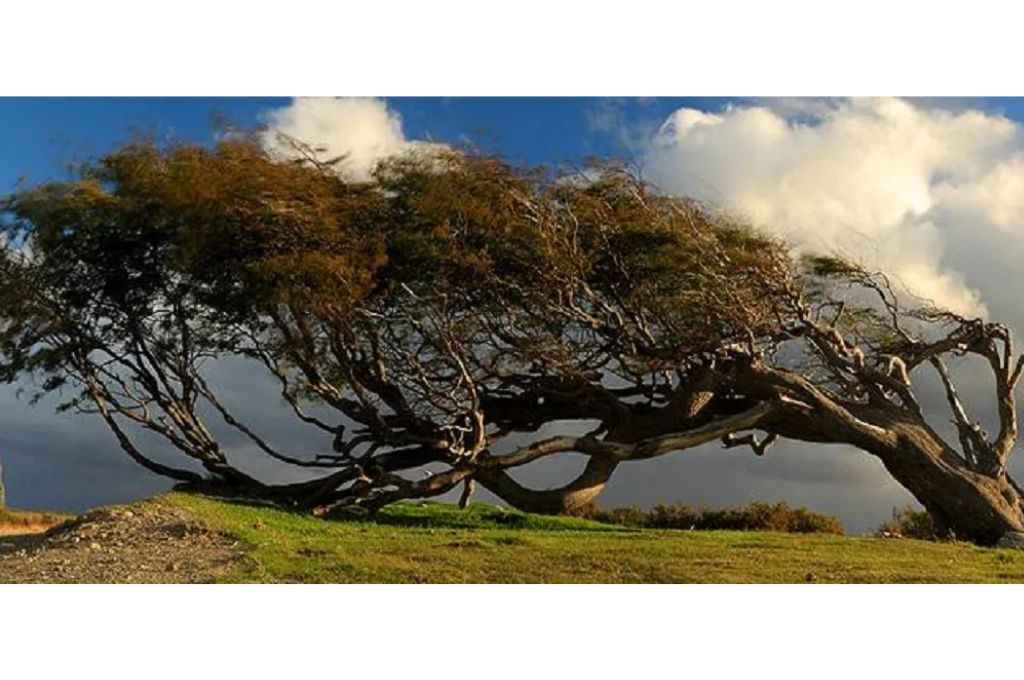
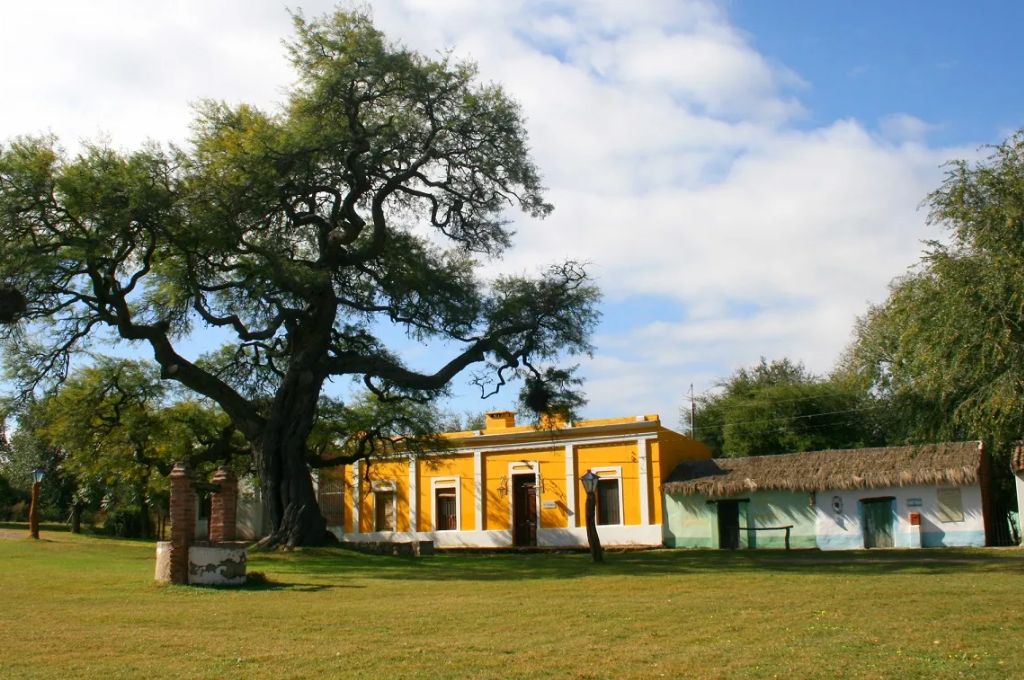

IT MAY INTEREST YOU
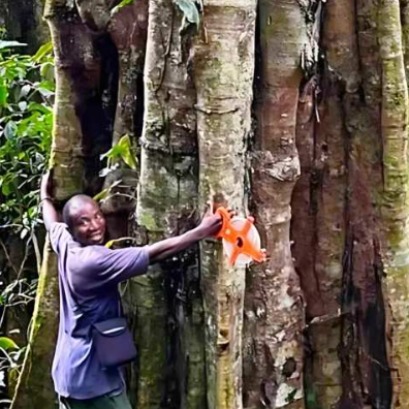 Botanists discover giant trees up to 3,��� years old in Tanzania, unknown until now by science
Botanists discover giant trees up to 3,��� years old in Tanzania, unknown until now by science
Scientists have identified a new species of giant tree, Tessmannia princeps, in the Udzungwa Mountains. This species had never before been recorded by science.
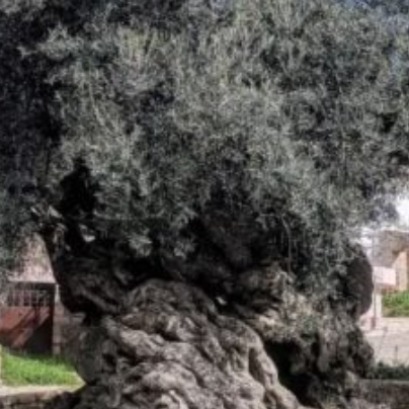 Experts cant believe it, but this tree is the oldest in the world and continues to bear fruit: it is 4,000 years old.
Experts cant believe it, but this tree is the oldest in the world and continues to bear fruit: it is 4,000 years old.
Nature keeps secrets that defy the passage of time, and one of the most surprising examples is a tree that, approximately 4,000 years old, continues to bear fruit today. This specimen has become a symbol of resistance and longevity, capable of surviving climate changes, landscape transformations and human activity itself.
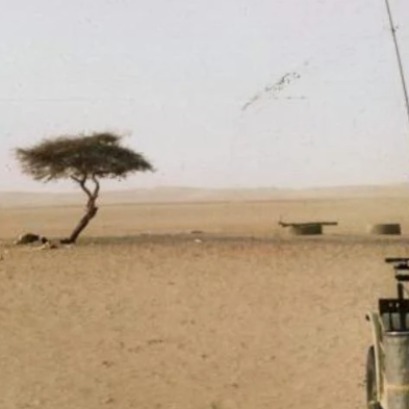 The only tree in the middle of the Sahara desert that was vital for commercial and military routes
The only tree in the middle of the Sahara desert that was vital for commercial and military routes
The Ténéré Tree, a solitary acacia in the Sahara desert, became for centuries a beacon of life and reference for travelers In the vast Sahara desert, where aridity and silence dominate the landscape, there was a tree that stood alone, being a beacon of life and hope for travelers.





















